I receive many questions about compost worms escaping from the worm bin to destroy forests. If you read the story, it relates to worms introduced by fishermen dumping their bait in the forested areas around lakes.
The fact is: earthworms can harm some environments. In nature nothing is as simple as all good or all bad. The earthworm's ability to tunnel through the soil and make passageways for air and water, to decompose organic material and release its nutrients, and essentially "till" the soil is good news for farmers and gardeners. They are actively growing crops that are continually replanted, and where the soil is continually amended with other nutrients (compost or mulch). Earthworms essentially prepare the soil for us. Here the presence of a lot of worms is good.
On the other hand, in forest ecosystems an overabundance of earthworms rapidly decompose the spongy layer of leaves and plant matter that makes up the forest floor and it is consumed faster than it is replaced by falling leaves and other decay. This 'duff' layer is essential to understory development (tree seedlings, wildflowers, ferns, etc.). Without the duff layer, invasive plants have an opportunity to gain a foothold. Here an overabundance of worms can result in harm.
The underlying (no pun intended) problem is that earthworms are not native to most northern parts of the country, including New England. Earthworms in this area were killed during the ice age. The earthworms in your garden are species from Europe that may have arrived with the Colonists (in soil used as ship ballast or with plants) or gardeners spreading compost or mulch from away.
I am not concerned about my red wigglers. Although I recognize they are non-native, they are not hardy in northern climes and probably won't survive our long Maine winter without a source of heat (hot compost pile). Here in Scarborough, my worms would have to cross Route 1 and the Maine Turnpike to reach an old growth forest (http://www.primalnature.org/ogeast/me.pdf).
Nevertheless, we should use good worm management to limit the potential for a problem. If you live in an area that abuts old growth forest, you should locate your outdoor compost pile and garden away from the woods. The University of Minnesota, which has been a leader in researching and spreading awareness of the problem, has some recommendations (and lots of helpful info) in their Great Lakes Worm Watch.
Merry Christmas!
Mark
Originally published on December 24, 2009

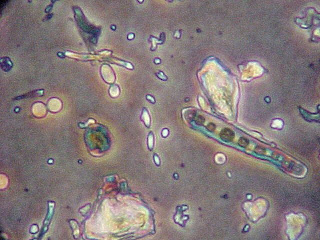
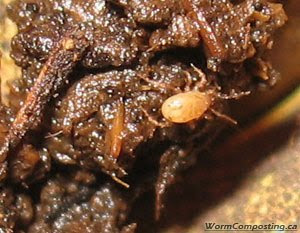
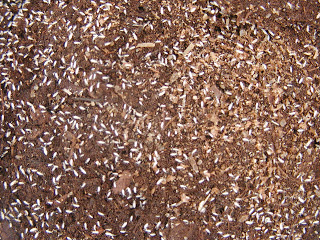
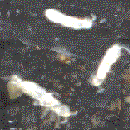
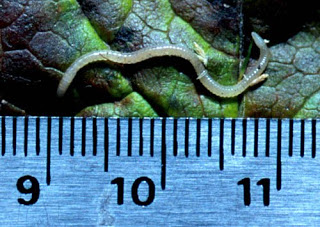
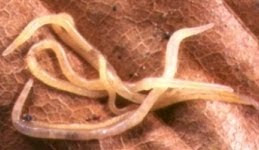
 RSS Feed
RSS Feed

